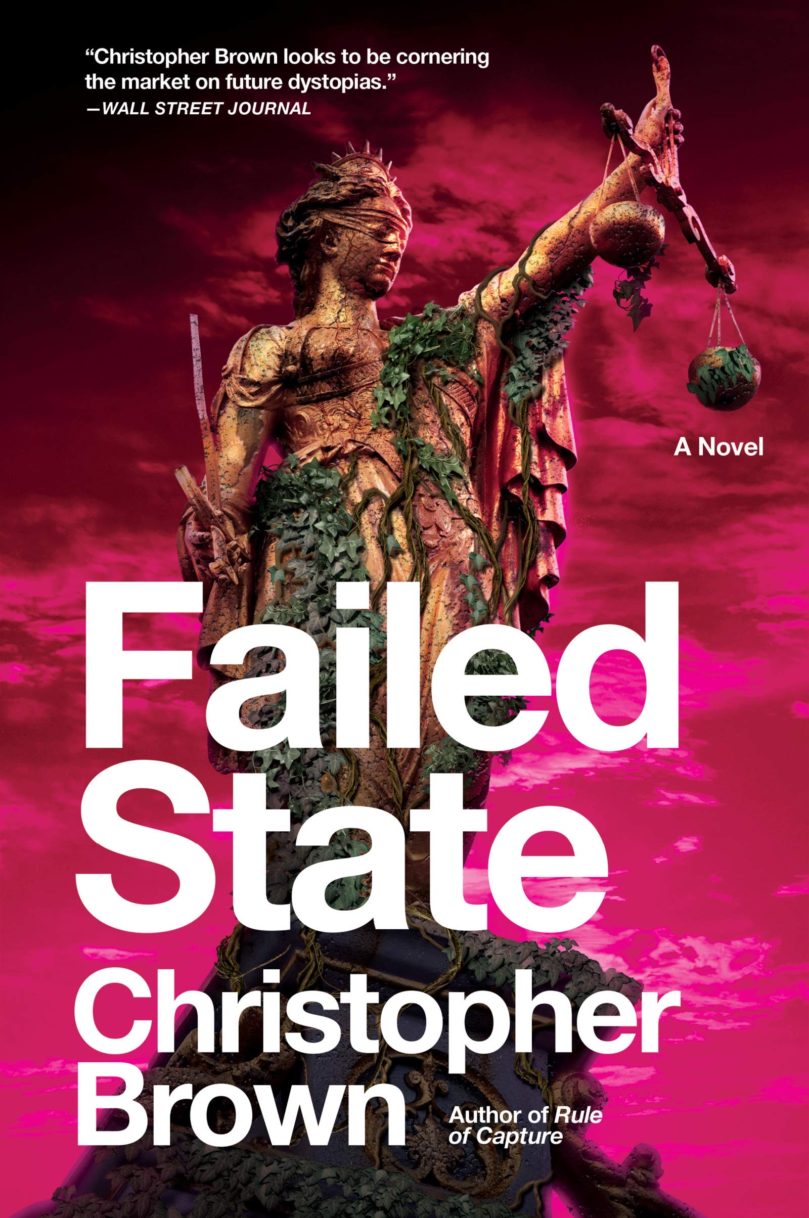When Emily Dickinson died on May 15, 1886 she was virtually unknown having only published ten poems during her lifetime. After Dickinson’s death her sister, Lavinia, found over 1800 poems Dickinson had written. The collection of 40 notebooks and other loose papers that contained the entirety of Emily’s work had been locked in a trunk in Emily’s bedroom. Lavinia became obsessed with seeing her sister’s work published. Without Lavinia we all might have remained ignorant about Emily’s brilliance.
Thinking about that… thinking about what might have been lost had Lavinia chosen to burn Emily’s poems as she had all of her sister’s correspondence (as Emily had requested.) led me to the thought: will we have another Emily Dickinson? Will there be a great American Gen X, Z or Alpha* (or whatever comes after) writer discovered posthumously?
Emily Dickinson was 55-years-old when she died. She’d left behind a lifetime of work that was easy to discover sitting in that trunk. It made it easy for her sister to pull out a volume and flip through it and see the the simple beauty in Emily’s work.
In college and for several years after I would print out a copy of my work and store it in a file box. Some of those file bowes are still in storage today, but I stopped doing that after a while. It saved paper, it made moving easier and saving my digital files to floppies, ZIP Disks, CDs and then external hard drives was enough of a backup. But today it seems everything is online. I still work on a local copy of a file but I replicate it to the amorphous collection of servers and services that we call the cloud and some people work entirely on cloud based services. So many writers I know rely on Google Docs as their primary word processor. For most people their writing has become little ones and zeros written to bits of silicon, plastic and metal most likely stored thousands of miles from where they live. What will there be to find after a person passes into the great unknown? Will their family or friends even be able to access it? Will they have access to a ZIP Drive? Will they even know what one is? Will they know the passwords or even where to look? Will they even try or will they just shut down the computer and send it to recycling? If they do look for our digital files will they be there? Services shut down, computers fail, standards change and what happens when someone at Microsoft, Apple or Google decide that a person’s inactive user account and all their data should be deleted. Someones lifetime body of work might be in the process of being deleted right now. It all seems so transient.
And I know paper doesn’t last forever either. Time causes it to decay, silverfish will eat it, fire and, from my own experience, flood will destroy it. And that aforementioned work in storage? I haven’t checked on it in years so let me say I won’t be entirely surprised to find it’s being used as nesting material for some of Boston’s finer rats. Still, with all it’s potential problems paper feels more permanent. I have more confidence that a member of my family might find those papers and at least review them than I do of them finding my digital files.
Maybe I’m wrong. Maybe the digital legacies we leave behind will be prove to be more enduring than I fear. I hope so. I’d hate to miss out on the next Emily Dickinson.
I’m Nobody! Who are you?
Are you – Nobody – too?
Then there’s a pair of us!
Don’t tell! they’d advertise – you know!
How dreary – to be – Somebody!
How public – like a Frog –
To tell one’s name – the livelong June –
To an admiring Bog!
-Emily Dickinson
*Sorry Baby Boomers, I don’t mean to offend, but your generation is still more analog than any generation that follows and if there’s a group that is likely to have a discoverable posthumous legacy I think it might be you.

